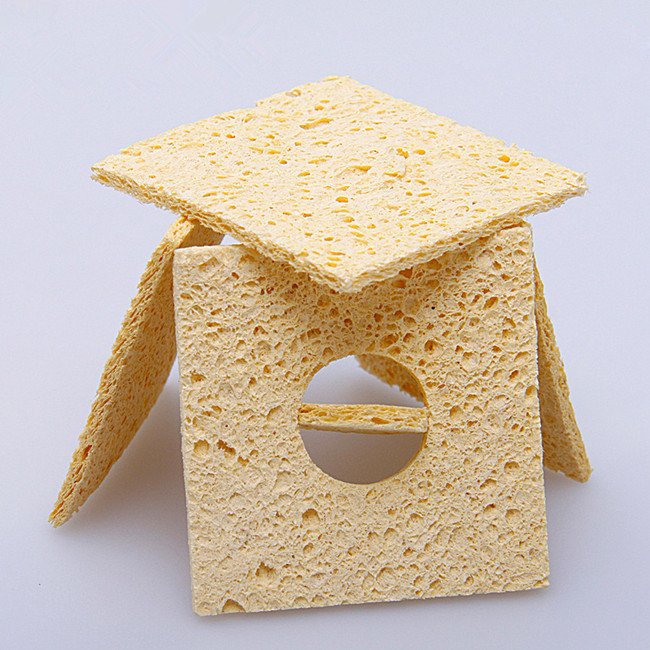A ceramic filter sponge is a porous, high-temperature-resistant filtration material made from ceramic foam or sintered ceramic particles. These sponges are used in industrial, chemical, and environmental applications where extreme durability, thermal stability, and fine filtration are required.
Key Features of Ceramic Filter Sponges
✔ High-Temperature Resistance – Can withstand up to 1600°C (2912°F), making them ideal for molten metal, exhaust gas, and high-heat processes.
✔ Chemical Resistance – Inert to acids, alkalis, and solvents, suitable for harsh chemical filtration.
✔ High Porosity (70-90%) – Allows efficient fluid/gas flow while trapping fine particles.
✔ Mechanical Strength – More rigid than polymer-based sponges, resistant to compression and wear.
✔ Customizable Pore Size – Available in 10-100 PPI (pores per inch) for different filtration levels.
Applications of Ceramic Filter Sponges
- Metal Casting & Foundries
- Filters impurities (slag, oxides) from molten aluminum, iron, and steel.
- Used in degassing and inclusion removal processes.
- Exhaust & Emissions Control
- Filters diesel particulate matter (DPF) and industrial exhaust gases.
- Used in catalytic converters and scrubber systems.
- Chemical & Petrochemical Processing
- Removes particulates from aggressive acids, solvents, and oils.
- Used in reactor venting and catalyst recovery.
- Water & Wastewater Treatment
- Filters heavy metals, microplastics, and bacteria in advanced treatment systems.
- Used in membrane bioreactors (MBRs) and industrial effluent plants.
- High-Temperature Air Filtration
- Used in kilns, furnaces, and incinerators to capture fine dust and ash.
- Biomedical & Food Processing
- Sterile filtration in pharmaceuticals (e.g., vaccine production).
- Clarifies wine, beer, and edible oils without chemical leaching.
Comparison: Ceramic vs. Polymer Filter Sponges
| Feature | Ceramic Filter Sponge | Polyurethane (PU) Sponge |
|---|---|---|
| Max Temperature | 1600°C+ | 120°C (melts at higher temps) |
| Chemical Resistance | Excellent (handles acids/alkalis) | Good (degrades in strong solvents) |
| Pore Structure | Uniform, rigid | Flexible, compressible |
| Cost | Higher (due to manufacturing) | Lower |
| Best For | Molten metal, harsh chemicals | Water, air, light industrial use |
Manufacturing Process
Ceramic filter sponges are made via:
- Foam Replication Method – Dipping a polymer foam in ceramic slurry, then firing to burn off the polymer.
- Sintering – Heating ceramic particles until they fuse into a porous structure.
Maintenance & Cleaning
- Backflushing – For liquid filtration systems.
- Thermal Regeneration – Heating to burn off organic contaminants.
- Ultrasonic Cleaning – For deep-cleaning clogged pores.
Conclusion
Ceramic filter sponges are superior for extreme conditions (heat, corrosion, fine filtration), while polymer sponges are better for general-purpose use. If your application involves molten metals, aggressive chemicals, or high temps, ceramic is the best choice.
Need help selecting the right ceramic sponge? Let me know your industry and filtration requirements!



